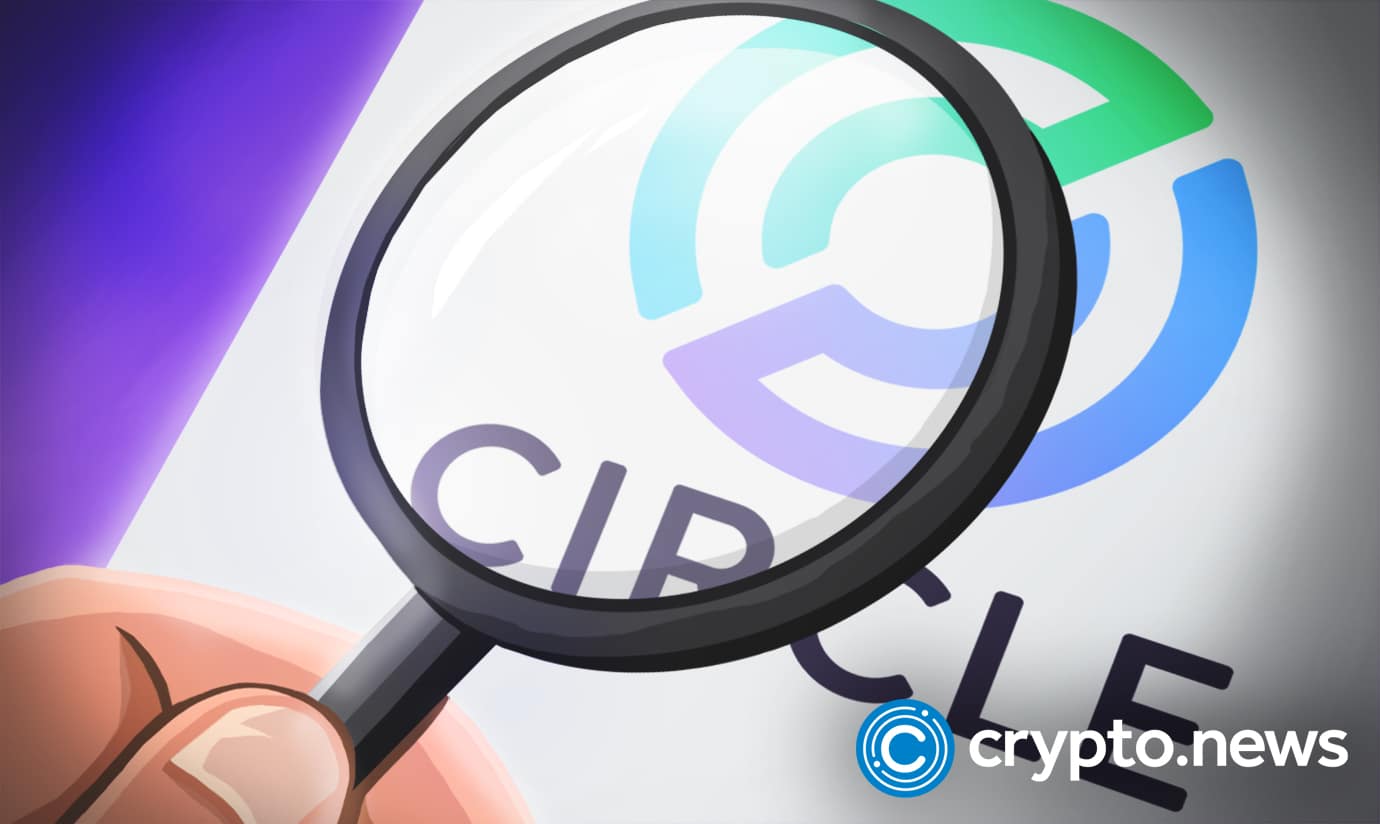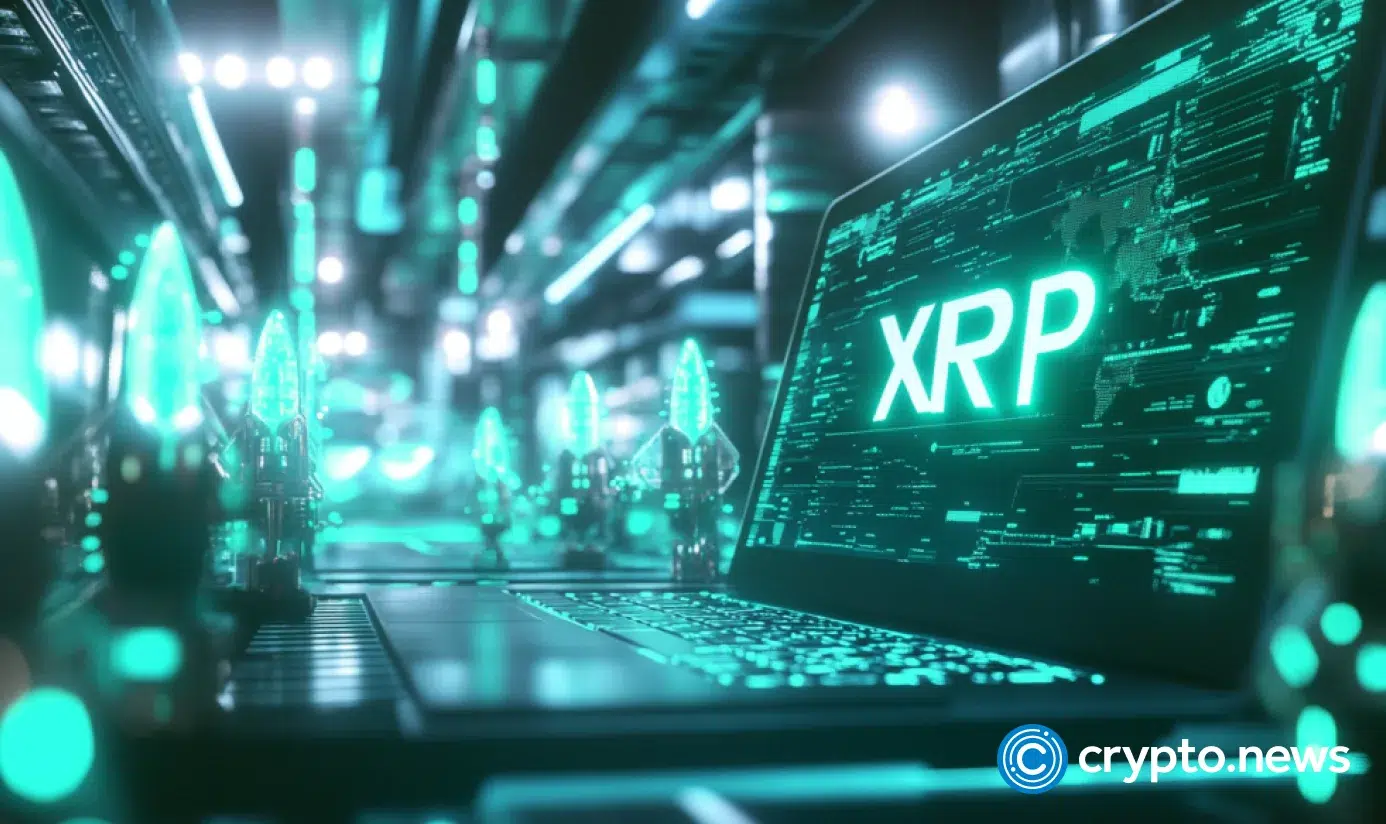The digital asset universe is constantly evolving. Non-fungible tokens (NFTs) are not just collectibles anymore. They have real financial value that can be used to secure loans. NFT lending is the term used to describe this, where owners use their NFTs as digital collateral to borrow funds.
A new trend within NFT lending is fractional NFTs. This method allows NFT holders to break their assets into smaller, tradable pieces. It makes lending more accessible and increases NFT liquidity in the market. This blog will explain DeFi-NFT integration, how fractional NFT lending works, and why it benefits both lenders and borrowers.
Understanding NFT Lending
NFT lending allows customers to borrow a loan in return for keeping their NFT within a smart contract. These smart contracts offer the middleman layer, forcing the borrower to pay back the loan initially before the owner can receive his NFT. In the event of a non-repay, the owner will reclaim the NFT.
The mechanism provides liquidity to NFT owners without selling their assets. It allows investors to earn interest on their funds through lending them to NFT holders. All this is made possible by the intersection of DeFi and NFT because platforms of decentralized finance (DeFi) provide lending platforms enabled by smart contracts.
Benefits of NFT Lending:
- Unlocks liquidity from NFTs without selling them.
- Helps NFT owners fund new investments or pay urgent expenses.
- Lenders earn interest on their provided funds.
- Expands financial use cases for digital assets.
What Are Fractional NFTs?
NFTs are often expensive and owned by a single person. Fractional NFTs solve this problem by dividing ownership among multiple investors. This is done through a process called NFT fractionalization, where an NFT is split into smaller tokens representing shares of ownership.
Fractionalization makes high-value NFTs more accessible. It also increases the number of potential lenders and borrowers in NFT lending markets. With fractional ownership, multiple investors can contribute funds toward a loan backed by an NFT.
How Fractional NFTs Work:
- The NFT is locked in a smart contract.
- The smart contract divides the NFT into smaller, tradable tokens.
- Investors can buy these smaller tokens, gaining partial ownership.
- When the NFT is sold or used for lending, investors receive a share of the value.
Feature | Traditional NFTs | Fractional NFTs |
Single Owner | Multiple Owners | |
Liquidity | Low | High |
Accessibility | Expensive Entry | Affordable Shares |
Market Demand | Limited Buyers | Wider Investor Pool |
How NFT Fractional Lending Works
Combining fractional NFTs with NFT lending creates an innovative financial model. NFT holders can fractionalize their assets and use those fractions as digital collateral to secure loans. This makes lending more flexible, allowing multiple lenders to fund a single loan.
Here’s how the process works:
- The NFT owner fractionalizes their asset.
- They use these fractionalized tokens as collateral for a loan.
- Lenders provide funds and receive interest in return.
- The borrower repays the loan within the agreed time.
- If repaid, the borrower regains control of the NFT fractions. If not, lenders claim ownership of the fractions.
This method improves NFT liquidity, making it easier to trade and invest in digital assets without large capital commitments.
Advantages of NFT Fractional Lending
For Borrowers:
- Get liquidity from high-value NFTs without selling them.
- Use only a portion of an NFT for collateral instead of the whole asset.
- Lower risk as they retain partial ownership of the NFT.
For Lenders:
- Earn passive income from loan interest.
- Reduce risk by lending against smaller fractions of NFTs.
- Gain exposure to valuable NFTs without full ownership.
Challenges and Risks
While NFT lending and fractional NFTs offer new financial opportunities, they also come with risks:
Volatility
- NFT values fluctuate, affecting loan security.
- If an NFT’s value drops, the lender may not recover their full investment.
Smart Contract Risks
- Bugs or security flaws in smart contracts can cause financial loss.
- Proper auditing is necessary for security.
Regulatory Uncertainty
- NFT lending is still a new industry with unclear regulations.
- Government policies could impact how these platforms operate.
Despite these challenges, solutions like insurance, decentralized governance, and improved valuation models are being developed to reduce risks.
Future of NFT Fractional Lending
The combination of NFT lending and fractional NFTs is expected to grow as more people adopt digital assets. The DeFi-NFT integration will improve, providing more secure and efficient lending platforms. With increasing NFT liquidity, borrowing and investing in NFTs will become more mainstream.
Expected Trends:
- More DeFi platforms offering NFT lending solutions.
- Growth of NFT insurance to protect lenders and borrowers.
- Increased adoption of fractionalized high-value NFTs.
- Improved valuation tools for accurate NFT pricing.
NFT fractional lending is transforming the financial landscape of digital assets. By combining fractional NFTs with NFT lending, it unlocks new opportunities for both borrowers and lenders. As DeFi-NFT integration continues to evolve, the market will become more liquid, secure, and accessible. Despite some challenges, this innovative financial model is shaping the future of NFT finance.
Remember, investing in cryptocurrencies involves risks, and it’s important to conduct thorough research and seek professional advice before making any financial decisions. (Please keep in mind that this post is solely for informative purposes and should not be construed as financial or investment advice.)
















 English (US) ·
English (US) ·